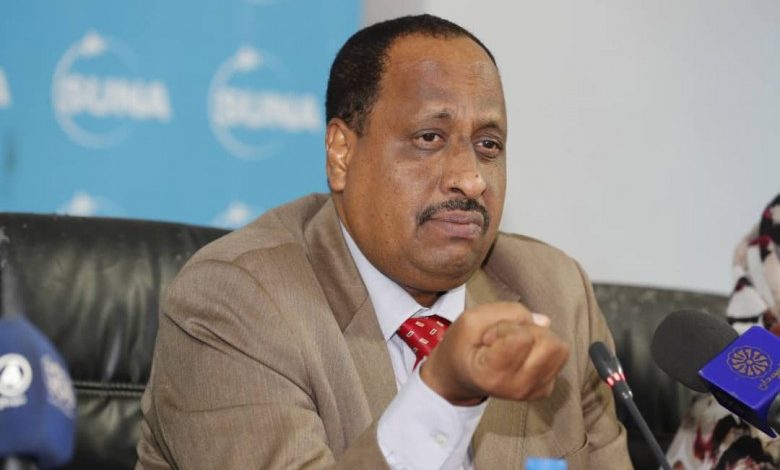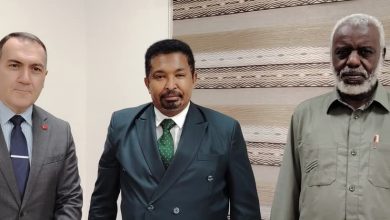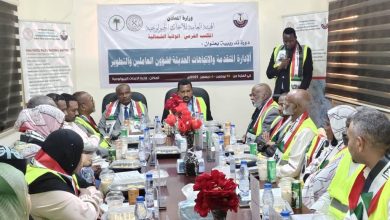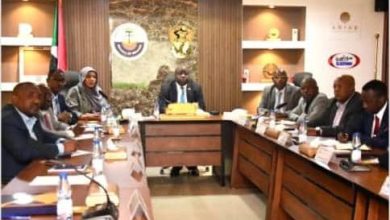
Sudan Events – Rehab Abdullah
Economic expert Dr. Mohamed Al-Nayer highlighted the differences in the national budget structure during wartime versus peacetime. In an interview with Al-Ahdath, he explained that a wartime budget focuses primarily on employee compensations (salaries) for central and state units. He noted a commitment from the Ministry of Finance to fully implement employee compensations by 2025, as many units have yet to reach 100% implementation, with some states seeing only minimal funding. Al-Nayer stressed the need for coordination between the Ministry of Finance and the states to prepare a comprehensive budget for only the secure states. For states facing challenges, such as the Darfur region, budget preparation might only be possible after the area is stabilized.
Al-Nayer described the current budget guidelines for 2025 as broad outlines rather than specific figures, outlining the state’s priorities. These guidelines will help central units, ministries, and agencies prepare their budgets. He emphasized that a wartime budget differs from a peacetime budget by focusing on employee compensations, security and military capabilities, and essential financing needs. Development expenditures are often limited in wartime, focusing on stabilizing key economic indicators, such as exchange rates, inflation rates, and reducing poverty and unemployment, rather than comprehensive development projects.
Al-Nayer pointed out that Sudan’s budgets have historically allocated minimal resources to development (non-financial assets), often only 5% or even less than 10% of the budget. He described this as an imbalanced approach, but in the current wartime context, development projects may be postponed. He stressed the priority should be on employee compensations, security, and defense spending to stabilize the country, with extremely frugal general spending on state operations.



